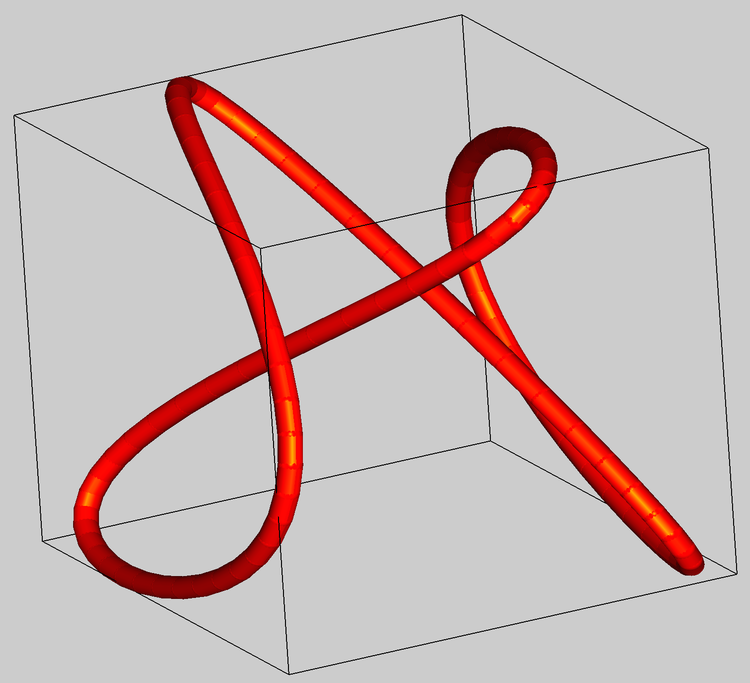
- Igor pro prompt for folder path pro#
- Igor pro prompt for folder path code#
- Igor pro prompt for folder path Pc#
- Igor pro prompt for folder path series#
- Igor pro prompt for folder path mac#
HDF5LoadData /O/N=$actu_name fileID, "/scan/scan_data/actuator_1_1"Īlthough I provide the function with a filename, I am still prompted with a Browser. HDF5LoadData /O/N=$data_name fileID, "/scan/scan_data/data_03"// dataset address in the file To copy the path, double-click it to highlight it with the mouse, then press Ctrl + C.
Igor pro prompt for folder path pro#
UP folder (always writeable) // print SpecialDirPath(Igor Pro User Files,0,0,0) // Macintosh. You can lift your mouse once the file’s icon is somewhere on the Run window. So far, here is what I have : Function openDataNXS(filename) Execute SetIgorOption WinDraw,forceCOLORONCOLOR1 endif. Similiarly to the GetOpenFileName fonction (see below). I've spent quite some time reading the doc, and its examples but I can't find a way to open a file without being prompt with a browser to select the file I would like. Hi All Experts, I would like my script to ask the user in a textbox a folder path that I could then you to save a spreadsheet the macro updated. I am using the HDF5 package recommended by wavemetrics. So I would like to write a procedure which would allow me to analyze it without opening the files one by one. My data is wrapped in HDF5-like files with systematic naming.
Igor pro prompt for folder path code#
If you want to skip all the steps and have the code ready, you can download the complete code here.I am fairly new to Igor Pro and I am trying to use it to analyze big batch of data files. If you now add your widget, add some working hours and try clicking on the Day column, you will see the rows being reversed. Now in the terminal, while in the folder of the plugin, type npm run build. Now we also need to hook it onto our widget. We bind an event to reverse the rows when we click on the day head column. That is the frontend handler for our widget. Open the src/index.js file and add this code: Ok, now let’s define our src/index.js file and build it.

If we have any days defined, we show them with the start and end hours.

Additional chapters by Igor, UA3DJY and Wolfgang, DK7UY.
We render the widget inside of the render() method. After youve explored these sections, you can ask questions in our vibrant and active community. We will then be able to define days and when the work starts and when it ends. Here we define a new section under which we will register a repeater control.Īfte that, we define three controls day, start and end. Now, we need to define all the controls we will have for this widget. You’ll now end up in the Query Editor and be staring at this: Now, normally we’d be tempted to click the double arrows beside the Content header to combine them all but that doesn’t work here. Browse and select the folder that holds the data files. We have also define a custom method here get_days() to get the week days. Go to the Power Query tab > From File > From Folder. Then, when this widget is called, it will also enqueue our build/index.js file. Then inside of the method get_script_depends we define that this is a dependency for this widget. In the constructor method, we register our script. Let’s now define our My_Elementor_Widget. Then we use the Elementor\Widgets_Manager object to register our own Elementor widget with the method register_widget_type(). We are hooking on the action elementor/widgets/widgets_registered that is called once all the core widgets have been registered. Register our Elementor WidgetĪdd this to the elementor-widget.php file so we can register our widget. Now, you can type npm run build and there will be a folder build created with the processed index.js. To enqueue the script, you can use your widget’s construct method in PHP: The recommendation is to transpile your code into ES5 to support most browsers using Babel.js or similar. Since their guide uses the ES6 classes, we will use that approach as well here. If you want to check the Elementor’s guide of using JavaScript in widgets, you can get it on their site.

In this tutorial, we will learn about all the methods you can use with their JavaScript widget model and check for examples of the same. Mostly, widgets are done through PHP but if you need some of the functionality on the front end or for the user editing the page, you will need to use JavaScript.
Igor pro prompt for folder path series#
It is developed by WaveMetrics Inc., and was originally aimed at time series analysis, but has since then evolved and covers other applications such as curve fitting and image processing.
Igor pro prompt for folder path Pc#
Once console (black box) opens, go to Minimal ADB and Fastboot folder on your PC by typing > cd C:ADB > C: (change C: and ADB to your respective drive and path you chose) Power off your device and turn it back on Fastboot mode.
Igor pro prompt for folder path mac#
Elementor Widgets are a great way to build your landing pages when using Elementor. IGOR Pro is a scientific data analysis software, numerical computing environment and programming language that runs on Windows or Mac operating systems. Start Windows command prompt by pressing

 0 kommentar(er)
0 kommentar(er)
